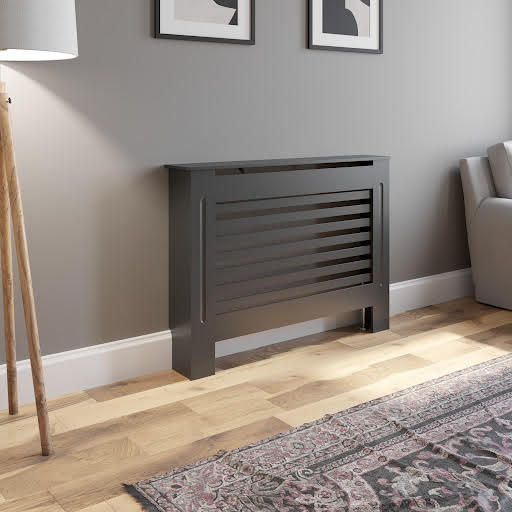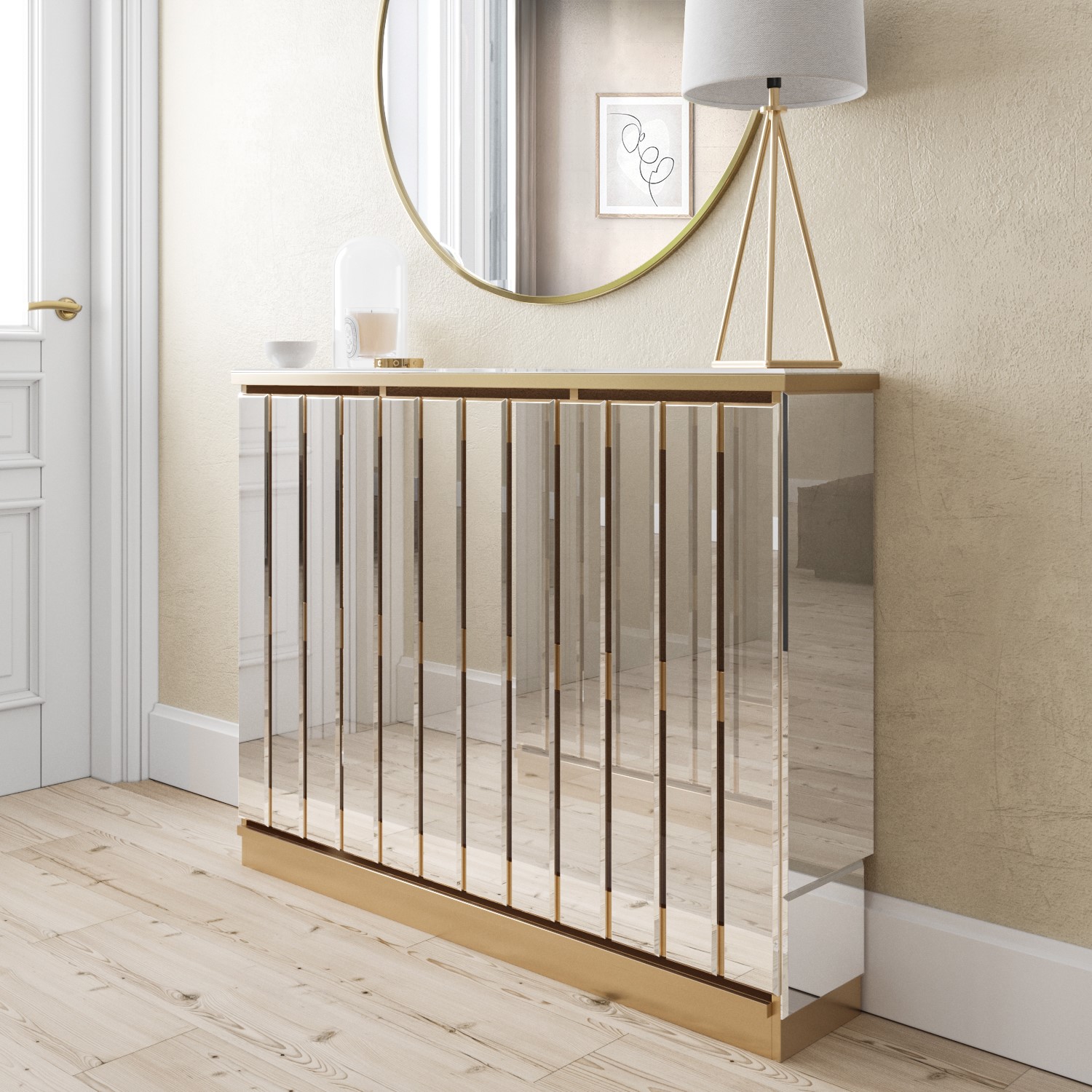How a Radiator Cover Can Increase Power Performance in your house
How a Radiator Cover Can Increase Power Performance in your house
Blog Article
Radiator Covers: Understanding Materials, Designs, and Benefits
Radiator covers serve both aesthetic and useful objectives within a home, using a range of materials such as steel, mdf, and wood to fit different style preferences. Choosing the right radiator cover entails comprehending the nuances of products, layouts, and their connected advantages.
Types of Materials


Wood covers, frequently crafted from woods such as oak or maple, give a timeless, cozy look that complements standard insides. Their longevity and ability to be stained or painted contribute to their versatility. Metal covers, generally made from steel or light weight aluminum, are preferred for their toughness and contemporary appearance, typically including streamlined lines that enhance modern rooms.
MDF, a made timber item, is prominent for its cost-effectiveness and convenience of customization. It can be painted or completed to match existing design while providing a smooth surface area. Plastic covers, while less usual, are light-weight and resistant to moisture, making them appropriate for humid environments.
Ultimately, the selection of material for a radiator cover ought to straighten with the home owner's style preferences, useful requirements, and the details atmosphere where the cover will be set up. Each product uses a distinctive personality, guaranteeing that there is an option to fit every taste and setup.
Popular Design Styles
Highlighting visual appeal, prominent design styles for radiator covers reflect a range of preferences and indoor layout fads. Typical styles typically include detailed woodwork and luxuriant detailing, making them ideal for traditional or vintage-inspired insides. These covers typically integrate sculpted components, providing a warm and inviting feel to any type of space.
In comparison, contemporary styles concentrate on minimal looks, defined by tidy lines and understated sophistication. Materials such as steel or sleek timber with a smooth finish are commonly made use of, allowing these covers to blend effortlessly right into modern-day areas. Industrial designs, on the other hand, embrace raw materials like exposed metal and concrete, adding a bold statement to loft space or metropolitan settings.
For those seeking a special touch, bespoke styles provide customization alternatives that accommodate specific preferences, allowing homeowners to select colors, patterns, and materials that match their style. Additionally, farmhouse-style covers incorporate rustic aspects, including troubled timber and easy forms that stimulate a relaxing, country appeal.
Advantages of Radiator Covers
Radiator covers not only improve the aesthetic allure of a space but likewise use several sensible advantages that make them a rewarding addition to any kind of home. Among the main benefits is security, particularly in families with children or pet dogs. Covers lower the risk of burns from warm radiator surfaces, making sure a more secure atmosphere.
Furthermore, radiator covers can improve power effectiveness. By routing warm into the area rather than enabling it to get away, they aid preserve a consistent temperature, lowering home heating prices gradually. This is especially helpful in older homes where radiator systems may be much less efficient.
An additional notable benefit is noise reduction. Radiators can often generate undesirable sounds throughout operation, and covers can aid muffle these noises, contributing to a more relaxed home. Radiator covers can be useful, providing extra storage space or screen room, consequently making best use of the energy of often-overlooked locations.
Lastly, they can safeguard radiators from dust and particles, which can impede effectiveness and boost upkeep demands. With these incorporated advantages, radiator covers become a functional option for improving both the performance and design of any home atmosphere.
Setup Considerations
Mounting radiator covers requires mindful consideration to guarantee both capability and security (Radiator cover). Evaluate the dimensions of your radiator and the surrounding space to guarantee a proper fit. Accurate dimensions are crucial; an uncomfortable cover can obstruct warmth circulation or produce safety and security dangers
Following, examine the product of the cover. While wood offers aesthetic charm, steel alternatives may offer better resilience and warmth resistance. Consider the weight of the cover also; heavier covers may need extra assistance or reinforcements to anonymous avoid sagging or damages with time.
Air flow is one more critical aspect. Covers must feature adequate air movement to avoid overheating and preserve reliable heating. Seek styles with slats or openings that allow warm to distribute without blockage.
In addition, make sure that the cover is securely installed to stop mishaps, particularly in homes with pet dogs or kids. Radiator cover. It's advisable to comply with the supplier's installment guidelines very closely and, if necessary, get in touch with an expert for complex installations
Maintenance and Care Tips
Proper upkeep of radiator covers is vital for ensuring their longevity and ideal efficiency. Routine cleaning is necessary; dirt and debris can gather, obstructing airflow and lowering warm effectiveness. Use a soft, moist fabric or a microfiber duster to delicately wipe the surface, staying clear of severe chemicals that may damage the coating. For painted or wood covers, think about a suitable polish or safety layer to maintain their appearance.
Examine the covers regularly for indications of wear or damages, such as fractures or peeling off paint. Addressing these concerns immediately can stop further degeneration. Make certain that the covers are firmly attached and examine for any type of loosened screws or installations, as vibrations from the radiator can loosen them with time.
In cooler months, stay clear of putting hefty things or ornamental things in addition to the radiator covers, as this can hinder heat distribution and create unneeded stress to the framework. Take into consideration seasonal upkeep by removing the covers for extensive cleansing and inspection throughout warmer months when the home heating system is inactive. Adopting these basic care suggestions will boost the efficiency and visual allure of your radiator covers, guaranteeing they serve their function properly for many years to come.

Conclusion
In recap, radiator covers work as aesthetic and practical enhancements to domestic spaces. The diverse variety of materials, consisting of hardwoods, steel, MDF, and plastic, permits positioning with various layout styles such as typical, contemporary, commercial, and farmhouse. The benefits of these covers prolong beyond safety and security and energy performance to consist of added storage and dirt discover here security. Cautious consideration of setup and upkeep further makes certain the durability and efficiency of radiator covers in any kind of home setting.
Radiator covers offer both useful and visual functions within a home, offering a variety of products such as wood, steel, and MDF to suit different layout choices. Choosing the appropriate radiator cover entails recognizing the nuances of products, styles, and their linked advantages.Highlighting visual allure, preferred design styles for radiator covers reflect a variety of preferences and indoor layout trends.Radiator covers not only enhance the visual charm of an area yet also supply numerous functional benefits that make look at more info them a beneficial addition to any home. Take into consideration the weight of the cover as well; larger covers might need added support or reinforcements to prevent drooping or damages over time.
Report this page